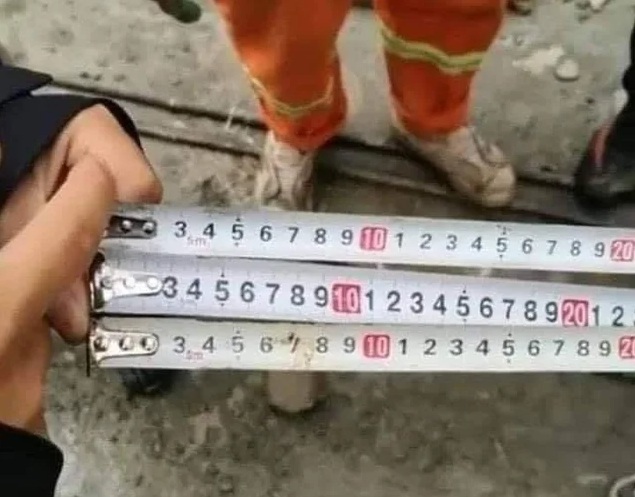Whitebeard
Tele-Meister
I've always measured from the 1" line because of the looseness of the hook.And, make sure the hook is tight. I have old tapes that the end will slide 1 or 2/16” because the rivets have worn loose. Not a big deal measuring a 2x4. When I must use a tape for something like this, I lay it across and put the 1” mark on one side, not the hook.

